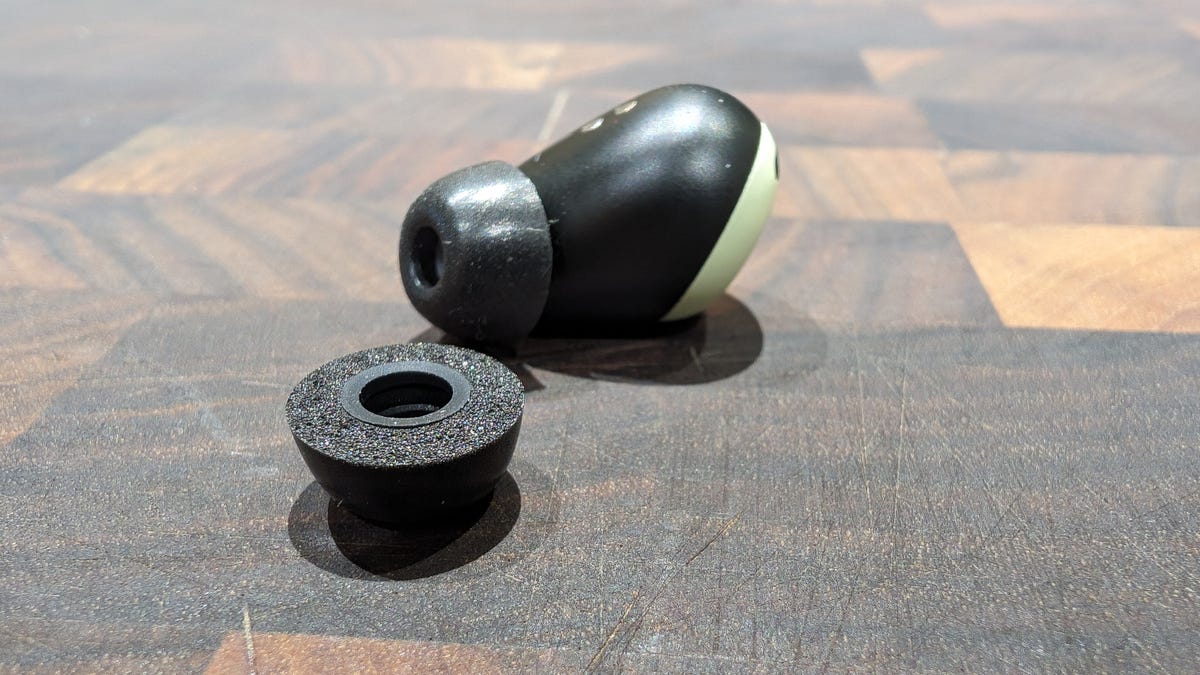Hackaday Links: January 19, 2025
This week, we witnessed a couple of space oopsies as both Starship and New Glenn suffered in-flight mishaps on the same day. SpaceX’s Starship was the more spectacular, with the …read more


This week, we witnessed a couple of space oopsies as both Starship and New Glenn suffered in-flight mishaps on the same day. SpaceX’s Starship was the more spectacular, with the upper stage of the seventh test flight of the full stack experiencing a “rapid unscheduled disassembly” thanks to a fire developing in the aft section of the stage somewhere over the Turks and Caicos islands, about eight and a half minutes after takeoff from Boca Chica. The good news is that the RUD happened after first-stage separation, and that the Super Heavy booster was not only able to safely return to the pad but also made another successful “chopsticks” landing on the tower. Sorry, that’s just never going to get old.
On the Bezos side of the billionaire rocket club, the maiden flight of Blue Origin’s New Glenn ended with the opposite problem. The upper stage reached orbit, but the reusable booster didn’t make it back to the landing barge parked off the Bahamas. What exactly happened isn’t clear yet, but judging by the telemetry the booster was coming in mighty fast, which may indicate that the engines didn’t restart fully and the thing just broke up when it got into the denser part of the atmosphere.
While we’re not huge fans of doorbell cameras, mainly on privacy grounds but also because paying a monthly fee for service just seems silly, we might reconsider our position after one captured video of a meteorite strike. The impact, which occurred at the Prince Edward Island home of Joe Velaidum, happened back in July but the video was only just released; presumably the delay was for confirmation that the object was indeed a meteorite. Joe’s Ring camera captured video of something yeeting out of the sky and crashing into the sidewalk next to the driveway, in the exact spot he’d been standing only moments before. It’s hard to say if he would have been killed by the impact, but it sure wouldn’t have been fun.
While we’re on space-adjacent topics, we saw an interesting story about a satellite that was knocked out of service for a couple of days thanks to 2024 being a leap year. The Eutelsat OneWeb communications satellite went offline on the last day of the year, apparently because some software wasn’t prepared for the fact that 2024 had 366 days. It’s not clear if this caused any problems with the satellite itself, although the company said the problem was with the “ground segment” so it likely wasn’t. Engineers were able to work through the problem and get it back online within 48 hours, but we’re left wondering how something like this could happen with so many standard libraries out there that specifically deal with leap day calculations.
It’s that time of year again — HOPE_16 is gearing up, and tickets for the August 15-17 conference at St. John’s University in Queens are already on sale. It looks like the Call for Proposals is active now too, so if you’ve got a talk you’d like to give, get going.
And finally, sad news for a hapless early adopter of Bitcoin, whose eleven-year effort to locate a hard drive with 8,000 Bitcoin on it has reached a legal end. Back in 2013, a hard drive owned by James Howells containing the Bitcoin wallet was accidentally disposed of, ending up in a landfill in Newport, Wales. Howells immediately asked for permission to search for the missing fortune, which at the time was worth about $7.5 million. This seems to us like his first mistake; in light of the potential payout, we’d probably have risked a trespassing charge. Howells spent the next couple of years trying to get access while assembling a recovery team, with the effort driven by the ever-increasing price of Bitcoin. Howells also brought suit against the council to get access, an effort that a High Court judge brought to an end last week. So Howells is out of luck, and the hard drive, now worth $765 million, still lies in the landfill.













![AI Reality VS Speculation with Google Machine Learning Engineer Jiquan Ngiam [Podcast #156]](https://cdn.hashnode.com/res/hashnode/image/upload/v1737151884317/c5b49f86-1f4a-45fd-bf2f-48ed084c1762.png?#)











.jpg?width=1920&height=1920&fit=bounds&quality=80&format=jpg&auto=webp#)

















































/cdn.vox-cdn.com/uploads/chorus_asset/file/25829976/STK051_TIKTOKBAN_B_CVirginia_B.jpg)


